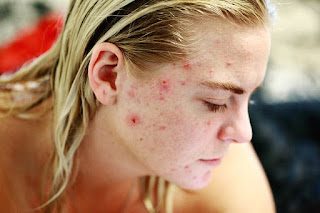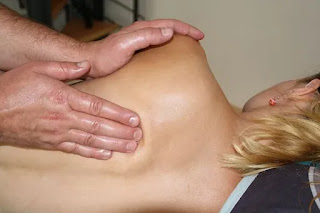Skin problems in diabetics
 |
| Skin problems in diabetics |
Patients with diabetes suffer from a variety of skin problems. There are some problems, which are more than them. Ordinary skin infections can also be complicated by diabetes. Therefore, it is necessary to take extra care of the skin of those affected by this disease.
For those whose diabetes is out of control, boils and rashes can appear anywhere on their body. Inflammation occurs at the base of the nail. Severe itching of the skin occurs due to fungal attack on any fold of the body. High levels of sugar in the blood dehydrate the skin. This causes the skin of the diabetic patient to become dry, cracked and itchy.
One of the hallmarks of insulin resistance in type 2 diabetes is the black, rough, coarse lining on the back of the throat, known as acanthosis negricans. In addition, the skin on the front of the feet may have round black spots. In the deeper layers of the skin, fat and other layers begin to erode.
Some problems again involve treatment. For example, when some people give insulin, the skin becomes thick, high or thin. May also cause insulin allergy.
Skin care precautions
If any diabetic patient has skin rashes, inflammation, rashes or sores, consult a doctor immediately. Never boil or pick up thorns by yourself. In case of cuts or injuries, wash the affected area with soap and water and use antibiotic cream. Do not use extra hot water in the bath. Use mild alkaline soaps and moisturizing lotions after bathing. Do not use lotion on the fingertips. Examine your feet daily during bathing or at night.
Get your feet checked by a doctor at least twice a year. Use socks, shoes and sandals suitable for diabetics. Do not walk barefoot. Take care of your feet. Do not keep the skin wet or moist.
Cleanse the skin while using insulin. The area cannot be rubbed or rubbed after giving insulin. Even then, if there is any problem in that place, seek the help of a doctor.
Use cleanliness. Keeping your blood sugar under control at all times reduces the risk of infection. In case of fungal infection of nails or skin, use ointment and medicine on the advice of a doctor.



Post a Comment